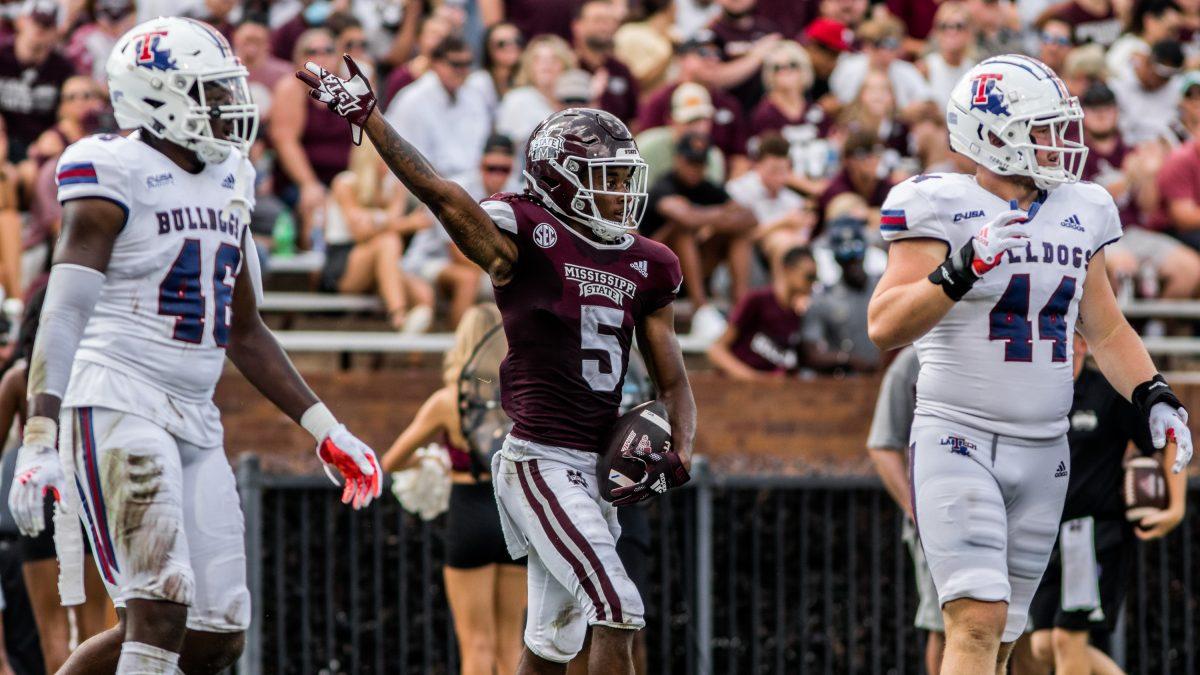It’s New Orleans’ premiere party season–a time to enjoy life
and have a good time. If you understand how this city hums during
the day and sings at night, you may be able to envision its
celebration of Mardi Gras.
The Big Easy begs visitors (and natives for that matter) to
forget their problems and have fun. Enjoy the extravaganza of the
parades, get dressed up in a costume or go to a ball. The Bayou
City has it all this time of the year.
New Orleans’ famous Mardi Gras festival is one of America’s most
participated events. Today Mardi Gras draws more than 3 million
people to parades and generates approximately $1 billion for the
local economy. Mardi Gras came to New Orleans through its French
heritage in 1699. Early explorers celebrated this French Holiday on
the banks of the Mississippi River. Throughout the years, natives
have added to the celebration by establishing “krewes,” which are
any of several groups whose members organize and participate as
costumed participants in the parades and balls during Mardi
Gras.
Today, Louisiana alone has more than 60 krewes throughout the
state. During the parades, costumed krewe members ride highly
decorated floats and toss strings of plastic beads and other
trinkets into the crowds of spectators lining the streets. Many
krewes hold elaborate, private balls following their parades.
The first parade dates back to 1857 when a group calling itself
The Mystik Krewe of Comus staged the first modern Mardi Gras
parade, a torchlit nighttime procession of floats illustrating
themes from classical mythology and literature.
Mardi Gras means “Fat Tuesday” and of course is celebrated on
that day of the week. The name comes from the tradition of
slaughtering and feasting upon a fattened calf on the last day of
carnival. The day is also known as Shrove Tuesday (from “to
shrive,” or hear confessions), Pancake Tuesday and Fetter Dienstag.
The custom of making pancakes comes from the need to use up fat,
eggs and dairy before the fasting and abstinence of Lent begins.
The dates for the Mardi Gras season can fall between Feb. 3 and
March 9, depending on the lunar calendar used by the Catholic
Church to determine the date of Easter. Mardi Gras is always 47
days before Easter.
The official colors for Mardi Gras are purple, green and gold,
chosen in 1872 by Rex, the King of Carnival. He chose these colors
to stand for justice (purple), faith (green) and power (gold).
Dressing in costumes is a parade tradition. It’s the one season
you can dress up as anything imaginable. There are even contests
for costumes throughout the city.
New Orleans isn’t the only place where the festival is
celebrated. Other cities throughout the United States have adopted
the traditions of Mardi Gras some including Mobile, Ala., and
several towns lining the coast of Mississippi.
Last weekend, MSU student Nicole Emanuel traveled back to her
hometown of Mobile to attend the excitement of her city.
“I went to a huge ball with 3,000 plus people. Everyone was
wearing evening gowns, tuxes and elaborate costumes. Music was
playing all night long–it was a never-ending party,” Emanuel
said.
This year’s Mardi Gras season began Jan. 6 and wraps up tonight
to make way for Ash Wednesday and the season of Lent.
























































































